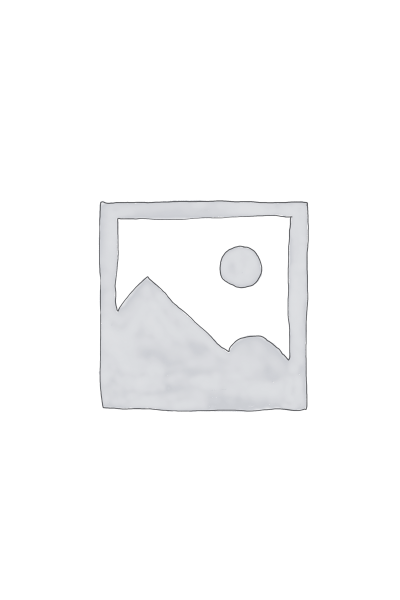Description
the author shows how semiconductors and networks require a good understanding of physics by discovery . Following a story that requires only high-school mathematics, the reader is transported from mechanics to thermodynamics, wave propagation, quantum mechanics and even to basic electronic engineering concepts . Each chapter includes exercises and formal references as well as suggested readings and a provocative section on the social impacts of technology.Optics & Photonics News (OPN), January 2011 Change the title of this excellent text to Physics for the Internet Age: The Silicon Web as soon as possible to attract teachers of all introductory physics courses to look into this text for adoption with its many hints as a PER [Physics Education Research]-influenced text.Professor John L. Hubisz, North Carolina State University, The Physics Teacher, November 2010 a text perfect in itself and perfect for its time . ideal for an undergraduate course required of all physical science, engineering, computer science, and mathematics majors.Physics Today [A] stunningly rich story about the Internet and its associated technologies . The Silicon Web is an elegant and elaborate textbook, one that examines the science underlying the current revolution in communications technology. Each scientific concept arises on a need-to-know basis in the context of a particular issue or device. All the important physics is here, but presented in an engaging way, with modern examples.From the Foreword by Louis A. Bloomfield, author of How Things Work Michael G. Raymer received his PhD from the University of Colorado in 1979. After a tenure on the faculty at the Institute of Optics, University of Rochester, he moved to the University of Oregon in 1988, where he became founding Director of the Oregon Center for Optics. His research focuses on the quantum mechanics of light and its interaction with atoms, molecules, and semiconductors, with applications in nonlinear optics, communications technology, and quantum information. In 1993, his group reported the first instance of experimental quantum-state tomography of light. He has been honored as Fellow of both the American Physical Society and Optical Society of America. He has served on the Committee on Atomic, Molecular, and Optical (AMO) Science, National Research Council, and Executive Committee of the American Physical Society’s Division of Laser Science.


